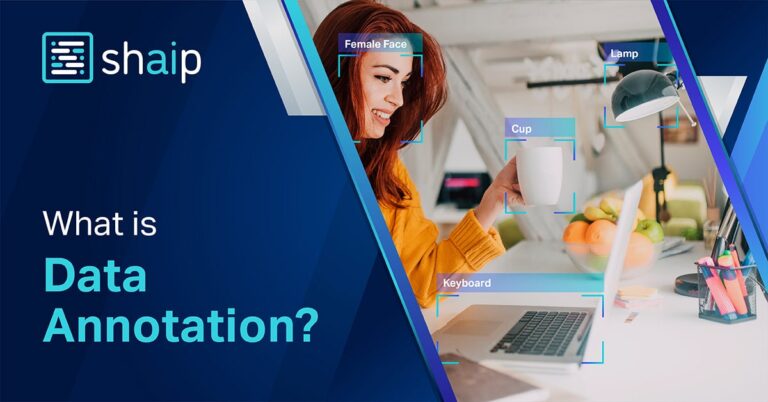AI Tools for Creating Automated Voice-Activated Interfaces: A Comprehensive Guide
In an era where voice technology is becoming as ubiquitous as smartphones, automated voice-activated interfaces are revolutionizing how we interact with digital systems. From smart home devices to virtual assistants, these interfaces leverage artificial intelligence (AI) to understand, interpret, and respond to human speech. As the demand for seamless, hands-free interactions grows, developers and businesses are turning to specialized AI tools to build sophisticated voice-activated solutions. This article explores the key technologies, popular tools, applications, challenges, and future trends in AI-driven voice-activated interfaces.
The Rise of Voice-Activated Technology
Voice-activated interfaces are no longer a novelty—they are a cornerstone of modern convenience. According to a 2023 report, over 4.2 billion smart speakers were in use globally, with projections to surpass 6.5 billion by 2025. These systems, powered by AI, enable users to control devices, access information, and perform tasks simply by speaking. The underlying technologies that make this possible are evolving rapidly, making it easier than ever to create personalized and efficient voice-driven experiences.
Key AI Technologies Behind Voice-Activated Interfaces
-
Speech Recognition (ASR):
Automatic Speech Recognition (ASR) converts spoken words into text. AI models, particularly those based on deep learning, analyze audio signals to transcribe speech accurately, even in noisy environments. Technologies like Google’s Speech-to-Text and Amazon’s Transcribe exemplify this. -
Natural Language Processing (NLP):
NLP allows systems to understand the meaning behind words. It involves intent recognition, entity extraction, and context management. For instance, when a user says, "Play my favorite song," NLP identifies the intent ("play music") and the entity ("favorite song"). -
Text-to-Speech (TTS):
TTS transforms text into natural-sounding speech. Advanced AI-driven TTS engines, such as those using WaveNet or Tacotron, produce lifelike voices that enhance user experience. - Machine Learning for Continuous Improvement:
AI systems learn from user interactions to refine responses and accuracy. Reinforcement learning and neural networks help these interfaces adapt to new queries and improve over time.
Popular AI Tools for Building Voice-Activated Interfaces
Several AI platforms and tools empower developers to create voice-activated systems with minimal effort. Here are some of the most notable:
-
Google Dialogflow (now part of Google Cloud):
A powerful tool for building conversational agents, Dialogflow uses NLP to understand user inputs. Its Dialogflow ES (Entity Extraction) and Dialogflow CX (Conversation Design) cater to different complexity levels, making it ideal for customer service bots and smart assistants. -
Amazon Lex:
Developed by Amazon, Lex is the engine behind Alexa. It offers robust speech recognition and NLP capabilities, enabling developers to create chatbots and voice interfaces for apps and devices. Its integration with AWS services makes it a favorite for cloud-based solutions. -
Microsoft Azure Cognitive Services:
Azure provides a suite of AI tools, including Azure Speech Services for speech recognition and synthesis, and QnA Maker for building question-answering systems. These are perfect for enterprise-level applications requiring scalability. -
IBM Watson Assistant:
Known for its enterprise-grade NLP, Watson Assistant allows businesses to create intelligent virtual agents. It excels in handling complex queries and integrating with existing systems, making it a go-to for customer support. -
Apple SiriKit:
For iOS developers, SiriKit offers APIs to integrate voice commands into apps. While limited to Apple ecosystems, it’s a strong choice for creating voice-activated features in iOS apps. -
Open-Source Alternatives:
Tools like TensorFlow, PyTorch, and Hugging Face Transformers provide frameworks for custom AI models. For speech processing, CMU Sphinx and Kaldi are popular open-source ASR libraries, while MaryTTS and Festival handle TTS. - Other Notable Tools:
- Alexa Skills Kit (ASK): For building Alexa skills.
- Google Assistant SDK: For integrating voice control into hardware.
- Rasa: An open-source framework for creating custom NLP models.
Applications Across Industries
Voice-activated interfaces are transforming diverse sectors:
- Smart Home Devices: Alexa, Google Home, and Apple HomeKit streamline home automation, from lighting to security.
- Customer Service: AI-powered chatbots (e.g., IBM Watson) handle inquiries, reducing wait times and costs.
- Healthcare: Virtual assistants like Nuance Dragon aid in medical note-taking and patient interaction.
- Education: Voice-enabled tools like Google Read Along help children improve literacy through interactive storytelling.
- Automotive: In-vehicle systems like Amazon Alexa for Cars enable drivers to control navigation and entertainment hands-free.
- Retail: Voice commerce platforms, such as Snapchat’s Voice Assistant, allow users to shop via voice commands.
Challenges and Considerations
Despite their benefits, voice-activated interfaces face hurdles:
- Accuracy and Ambiguity: Misunderstanding accents, dialects, or unclear speech remains a challenge.
- Privacy and Security: Voice data collection raises concerns about surveillance and misuse. Tools like Azure Speech Services offer encryption and compliance features to mitigate risks.
- Ethical Concerns: Bias in training data can lead to unequal performance across demographics. Ensuring diverse datasets is critical.
- Contextual Understanding: Managing multi-turn conversations and complex queries requires advanced NLP models.
Future Trends in AI Voice Interfaces
The landscape is evolving with innovations like:
- Multimodal Integration: Combining voice with text, gestures, or visuals for richer interactions (e.g., smart displays).
- Edge Computing: Processing voice data locally on devices to reduce latency and improve privacy.
- Emotion and Sentiment Analysis: AI systems that detect user emotions to tailor responses (e.g., empathetic customer service bots).
- Personalization: AI-driven interfaces that adapt to individual user preferences and habits.
- Improved Multilingual Support: Enhanced capabilities to handle global languages and dialects seamlessly.
Conclusion
AI tools for voice-activated interfaces are bridging the gap between humans and machines, offering intuitive, efficient, and accessible solutions. As technologies like NLP and ASR advance, the potential for innovation grows limitless. However, addressing challenges like privacy, bias, and contextual understanding remains vital. For developers, the choice of tools depends on use case, scalability, and ecosystem compatibility. Whether building a smart speaker or a customer service bot, the future of voice technology looks promising, driven by continuous AI advancements and a growing demand for natural human-machine interactions.
By embracing these tools, businesses and creators can unlock new possibilities, making voice-activated interfaces an indispensable part of the digital age.







